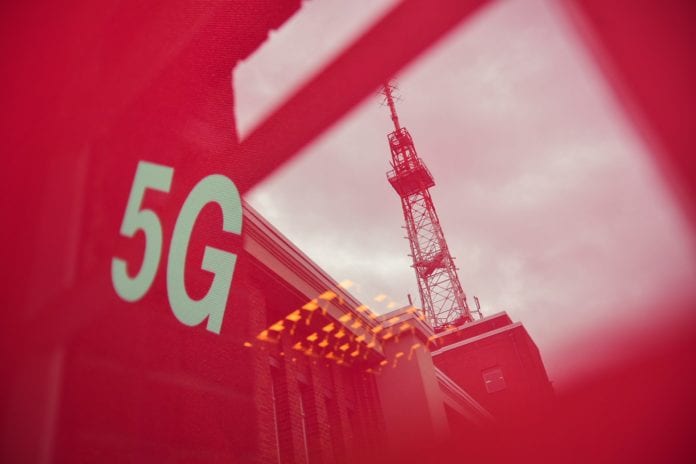Deutsche Telekom has deployed more than 3,500 5G antennas
German carrier Deutsche Telekom said that its 5G service offered via the 3.6 GHz band is currently available in over 140 cities across the country, with over 3,500 antennas at almost 1,200 locations.
Deutsche Telekom has also technically upgraded all antennas in the 3.6 gigahertz band for 5G standalone. They are connected in parallel to both the existing core network and the new 5G standalone core network, the carrier said.
The company added that 90% of the German population has access to its 5G network, while 5G should also cover 90% of the country’s territory by the end of 2025.
Deutsche Telekom said that over 63,000 antennas across Germany are already transmitting with 5G, of which 6,000 were installed during 2021.
Deutsche Telekom noted that its 5G network is ready for 5G standalone deployment as all sites that transmit on the 3.6 GHz band support this technology with immediate effect. Deutsche Telekom plans to roll out 5G Standalone on additional frequency bands during 2022.
Some of the cities where the telco offers 5G via 3.6 GHz spectrum are Aachen, Augsburg, Berlin, Bonn, Braunschweig, Bremen, Darmstadt, Dortmund, Duisburg, Düsseldorf, Essen, Frankfurt/Main, Hamburg, Hanover, Jena, Kiel, Cologne, Leipzig, Ludwigsburg, Munich, Nuremberg, Saarbrücken, Schwerin, Stuttgart, Wiesbaden and Wolfsburg.
Deutsche Telekom currently uses two frequencies for 5G. The 3.6 GHz frequency enables the fastest download speeds. The high-speed 5G is mainly used in densely populated regions. In addition, Telekom uses the longer-wave 2.1 GHz frequency.
Also, the German telco said that LTE will be further expanded as this technology currently covers 99% of all households in Germany.
“The balance sheet for the network expansion in 2021 is fully dominated by 5G and fiber optics. In the past twelve months, Telekom has made 1.2 million new FTTH connections possible. That is twice as many households as last year. In 2022, the company wants to further increase the pace and is planning two million new FTTH connections,” the telco said.
Over 53% of the German territory is covered by at least one provider supplying 5G as of the end of October, according to the latest available data from the Federal Network Agency (Bundesnetzagentur).
The frequencies in the 3.6 GHz bands, auctioned off in 2019 and used exclusively for the provision of 5G services, have initially been used by network operators in urban areas of Germany, so high speeds are mainly available in metropolitan areas, the regulator said.

